History of computer development
Computers are a tool to help people quickly solve math problems that need high computational skills and have gone through many technological advances, from large computers that occupy the entire room to the present. hands and can carry easily .
Below is the development history of the computer:
ENIAC (1946)

Known as the first electronic calculator for general purpose. ENIAC was first used in World War II but was not completed until one year after the war ended. Installed at the University of Pennsylvania, the product consists of 40 2.4m high racks and 18,000 vacuum tubes, capable of handling 5,000 calculations per second and works faster than any previous device.
SAGE (1954)
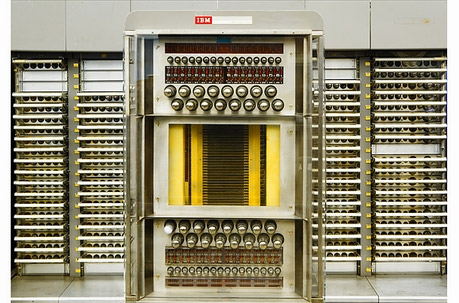
SAGE's massive defense system is designed to support the Air Force to track radar data in real time. The product is equipped with technical advances such as modems and graphic displays. The system weighs 300 tons and occupies an entire room space.
NEAC 2203 (1960)

Made by Nippon Electric Company (NEC) and one of the earliest semiconductor computers in Japan. They are applied in the fields of business, science and technical applications.
IBM System / 360 (1964)
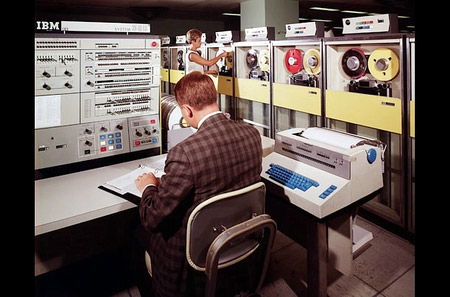
IBM System / 360 is the first computer to control the entire range of applications from small to large, from commercial to scientific. Users can enlarge or shrink their settings without having a headache about software upgrades. Advanced System / 360 models have a major role in the missions of NASA's Apollo spacecraft as well as air traffic monitoring systems.
CDC 6600 (1964)
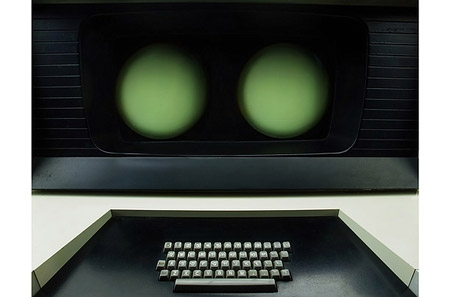
For a while, this product is the fastest apparatus in the world. CDC 6600 was designed by Seymour Cray computer architect. The product retained the 'speed champion' until 1969 when Cray designed his next supercomputer.
DEC PDP-8 (1965)
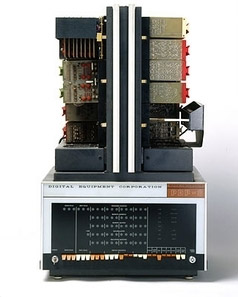
The product was manufactured by Digital Equipment Company (DEC) and was the first mini-computer to be successfully commercialized. When launched, the DEC PDP-8 sold more than 50,000 units. They can do all the work of a large computer but cost about $ 16,000 while IBM's System / 360 costs hundreds of thousands of dollars.
Interface Message Processor (1969)
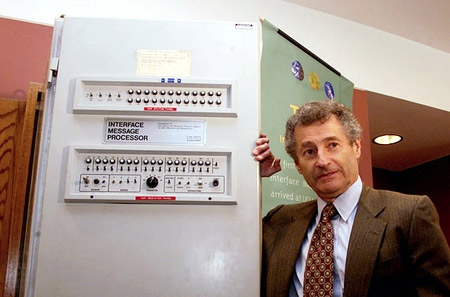
IBP represents the first generation gateway and is now known as the router. Thus, IMP performs important tasks in the development of the world's first packet switching network (ARPANET) and is the predecessor of the current global Internet.
Kenbak-1 (1971)
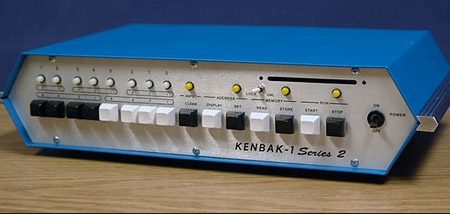
The product is considered to be the first personal computer in the world and was introduced as an easy-to-use educational tool but they failed to sell just over a dozen products. Without processors, they only perform 256B computing power and their output is just a series of flashing lights.
Cray-1 (1976)
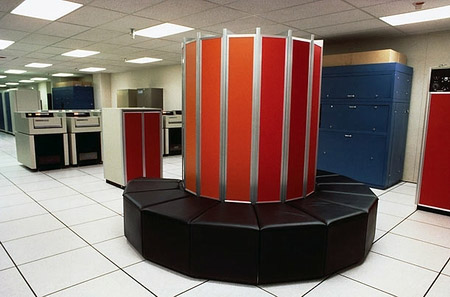
At the time of its release, the Cray-1 was the fastest speed calculator in the world. Although the price range from 5-10 million but still selling well. They are one of the products designed by Seymour Cray computer architect. He devoted his life to creating so-called supercomputers.
Apple I (1976)
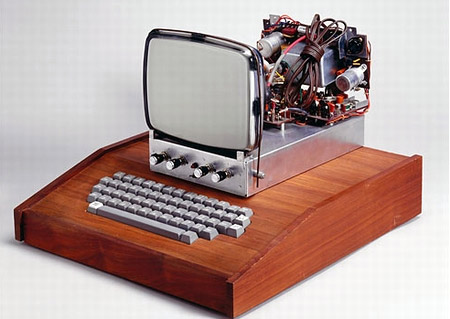
Initially, Apple I was formed by Steve Wozniak but was rejected by his boss at HP. Undeterred, he provided them to the Homebrew Computer Club in Silicon Valley and, with his friend Steve Jobs, managed to sell 50 pre-designed models for Byte Shop in Mountain View, California for about 666. USD. Although the price is low, they are the device that paves the way for the success of Apple II.
IBM personal computer (1981)
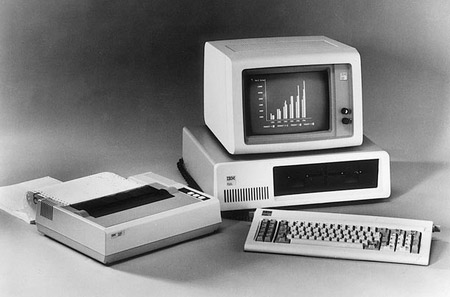
With independent keyboard features, printers and monitors, the product can be completely packaged and supplied to consumers and businesses. Successful commercialization has made them the standard for personal computers for many years and for other companies to produce similar desktop models.
Osborne 1 mobile computer (1981)
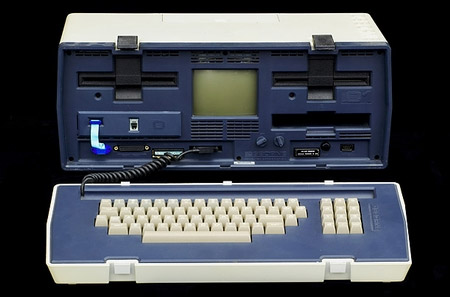
Osborne was the first commercially available mobile computer, weighing 10.8kg and costing less than $ 2,000. They become popular because of their low cost and have an extended software library attached.
Hewlett-Packard 150 (1983)
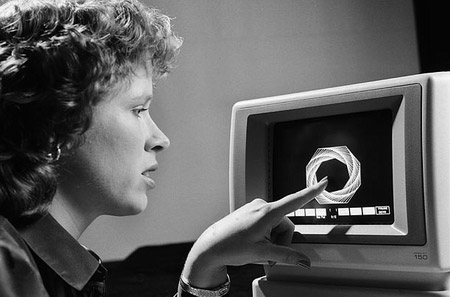
The product represents the first step in expanding today's technology. HP 150 is the first computer to be commercialized with touch screen technology. The 9-inch touch screen of the product is equipped with infrared transceivers and receivers to detect the user's finger position.
Deep Blue (1997)

Beginning in IBM in the late 1980s, the Deep Blue project was created to solve difficult problems using parallel processing technology. Specifically, the machine defeated the world chess champion, Garry Kasparov.
iPad (2010)
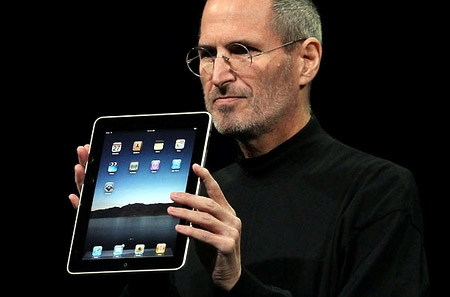
The tablet computer caused a stir among tech circles that Apple introduced at the end of last month. The product is less than 1-inch thick, weighs 0.68kg and is equipped with a 9.7-inch touch screen. According to Apple CEO Steve Jobs speaking during the introduction, the iPad has about 10 hours of battery life and users can use all third-party applications, videos, games and newspaper content. Release online if you want. The iPad version supports $ 499 Wi-Fi connection and the 3G version costs $ 629.
You should read it
- 26 important days in computing history
- 20 The most important website in the history of Internet development (part 1)
- Review important milestones in the history of more than 60 years of artificial intelligence development
- 5 Macs have the most expensive price in Apple's history
- All handicaps about the blog's development history
- 10 ideas Apple should steal from Windows 7
 iPad portable to Vietnam will be about 19 million
iPad portable to Vietnam will be about 19 million HP Slate tablet costs 550 USD
HP Slate tablet costs 550 USD iPad in Vietnam started to drop prices
iPad in Vietnam started to drop prices First feeling about iWork for iPad
First feeling about iWork for iPad iPad with file printing and sharing
iPad with file printing and sharing 10 reasons to use iPad 3G instead of Wifi
10 reasons to use iPad 3G instead of Wifi